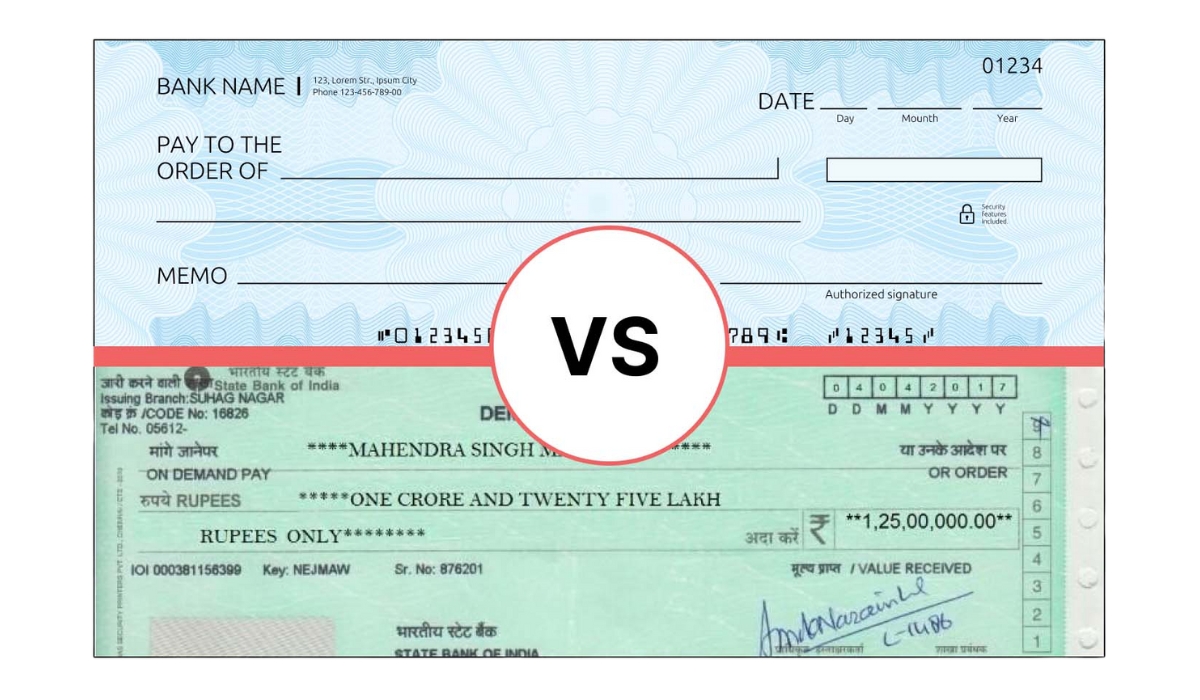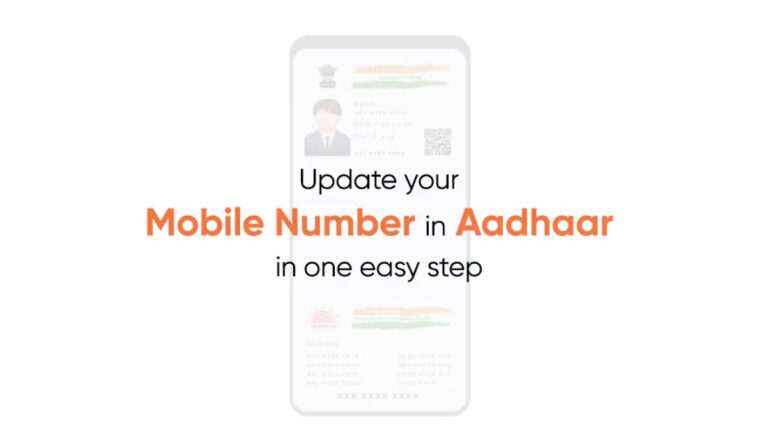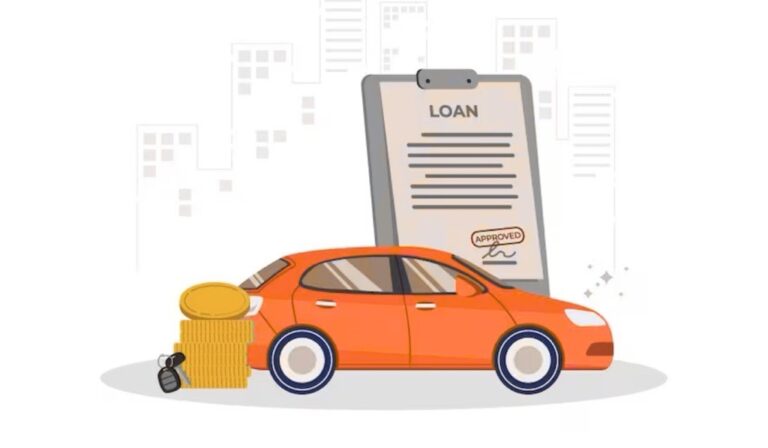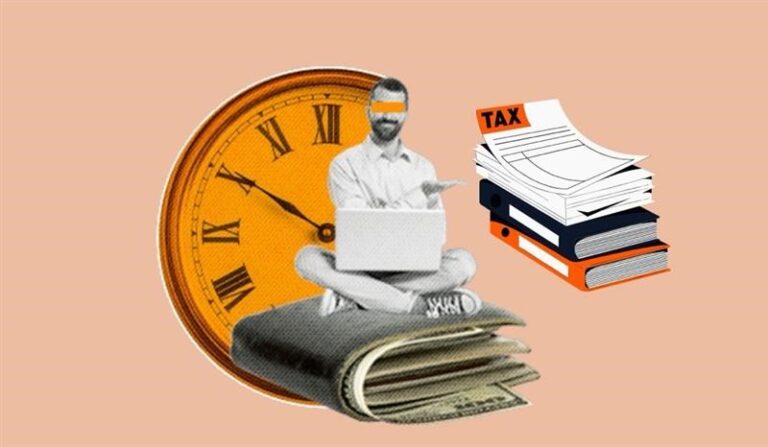In today’s world, banks and other financial institutions offer a variety of payment methods, including debit or Credit cards, cash, bank transfers, cheques, and demand drafts. Each payment method has a unique feature, and each has its advantages and disadvantages.
While Digital payments have grown rapidly, for large payments, we still use a cheque and a demand draft. In this article, we’ll discuss these two payment methods, including advantages and disadvantages.
What is a Cheque?
A cheque is a document through which a payer promises to pay the money on a particular date. It is a written document used by individuals and businesses to make payments. Now we are living in a digital world, but still Cheques are more useful and suitable for both transactions either it is small and big. Also, this payment method is easy to use. It has no transaction limit, and you can take payment proof anytime whenever you make a payment.
There are different types of cheques available that you can issue with simple restrictions. And this payment method gives you more flexibility to restrict fund transfers to a payee’s (the beneficiary’s) account, prevent unauthorised transfers, or let anyone easily cash them. For issuing the cheque, you only need to fill in the name of the payee, the amount, the date of issuance, and your signature on the cheque.
Types of Cheque
- Bearer Cheque: A Bearer cheque is a type of cheque; whoever holds it means a person who is presenting this cheque in the bank is entitled to receive the payment. This type of cheque doesn’t need any signature or endorsement.
- Order Cheque: An Order cheque is a type of cheque that is payable to the person whose name is written on the cheque, and it needs a proper signature and endorsement.
- Crossed Cheque: It has two parallel lines at the top corner of the cheque that indicate this cheque must be deposited in the bank account; it will not be cashable.
- Post-dated Cheque: It is a cheque with a future date written on it, and it can not be cashed or deposited until that specified date.
What is a Demand Draft?
A Demand Draft is a prepaid document issued by the bank or on behalf of the customer. This works as it transfers the amount from one bank to another without the need for a signature. It is issued after the drawer deposits the required amount. It allows the bank to make the payment to the Payee’s name mentioned in the draft.
As it is a prepaid draft so once it is transferred, you can not stop the payment from being made out. Demand draft is suitable and convenient to the payees as the fund transfer is safe and secure, especially when transferring a large amount, because the payment process needs a high level of certainty.
Key Differences Between Cheque and Demand Draft
Both a cheque and a Demand Draft are financial documents and used for making payments. In the table below, we have discussed the differences between a Cheque and a Demand Draft.
| Basics | Cheque | Demand Draft |
| Issuer | It is issued by the Bank’s customer. | It is issued by the Bank itself. |
| Risk of bounce | There is a risk of bouncing if the fund is insufficient. | There is no risk of bouncing. Because it is a prepaid document. |
| Requirement Of Account | Must have an account. | The account is not necessary. |
| Encashment method | You have to deposit and present the cheque in the Bank for immediate cash. | Submitting to a bank for cash because it takes time for processing. |
| Validity | Three months of validity from the date of issue. | Three months of validity from the date of issue. |
| Charges Involved | Charges apply to cheque books and stopping a cheque. | Charges apply based on the amount and the Bank. |
| Security | Cheques are less secure because they can be bounced if the drawer’s account has insufficient funds. | Bank drafts are more secure because the bank itself issues them. |
Which One Should You Use – Cheque or Demand Draft?
Cheques may be a better choice in certain situations if you want to make large amounts of payments. Meanwhile, a Demand Draft is a better choice because it gives you more safety and security, especially when you don’t know the payee.
Advantages of cheques
- No processing fees: There are no processing fees, which is why some businesses prefer cheques over other payment methods. They also don’t have a limited spending requirement.
- Convenience for the payer: Cheques are safe for the payer, because if the bank notices any kind of mistake, they will cancel the cheques, or if the Payer has insufficient balance in the account, payments will be stopped, resulting in the bounce charge.
Disadvantages of cheques
- Processing Time: This is the most significant disadvantage of cheques. When you deposit the cheque in the account, the Bank will not give you cash immediately, it will take several business days. This delay can be inconvenient for both the payer and payee if cash is required urgently.
- Risk of bouncing: If your account has insufficient balance, then your cheque will bounce. This will result in a charge from the bank and drawer; along with this, your CIBIL score will be impacted.
Advantages of Demand Draft
- No risk of bouncing: There is no risk of bouncing due to failed payments because all amount is pre-issued. It means there will be no charge for the payer or payee. They can make payments with full peace of mind.
- Proofable payments: Once you issue a Demand Draft document, it serves as proof of payment. While the bank records the details of issuance and encashment.
Disadvantages of Demand Draft
- Processing Fees: Banks charge fees for issuing the demand draft, and sometimes additional charges may be applied for cancellation and reissuance of the demand draft.
- Time-Consuming: If it is issued for the outstation, then physical delivery may take time, and clearing the draft also takes time, especially the drafts for distant locations.
Conclusion
Demand Draft offers different types of uses for payments, ranging from immediate settlements to scheduled transactions, accommodating various financial needs. While Cheques have been replaced by digital payment options but they are still valuable for keeping records and accepting the widespread amounts. Demand Drafts and Cheques both play an important role in Financial transactions.
Frequently Asked Questions
Can a cheque be bounced?
Yes, the cheque can be bounced, and it occurs when the drawer does not have a sufficient balance in the bank account.
Is DD safer than a cheque?
Yes, a Demand Draft is generally safer than a cheque because it is prepaid by the issuing bank.
Do you need a bank account for a demand draft?
No, you don’t need a bank account for a demand draft; you can get the demand draft from the bank.
Can I cancel a demand draft?
Yes, a Demand Draft can be cancelled, but only before it the encashed or cleared by the bank.
Is a DD accepted everywhere?
Yes, it is accepted everywhere in India. As they are cashed by any bank easily.
Are DDs still used in India in 2025?
Yes, Demand Drafts are still used in India in 2005. It remains a reliable option for transferring the funds.
How long is a cheque valid?
It is valid for three months from the date of issue.
Also read,
- Impact of GST on Financial Services
- Understanding Promissory Notes in India
- How to check and remove your name from CIBIL’s Defaulter List?
- Personal Loan Preclosure Procedure
This post is also available in: हिन्दी (Hindi)




